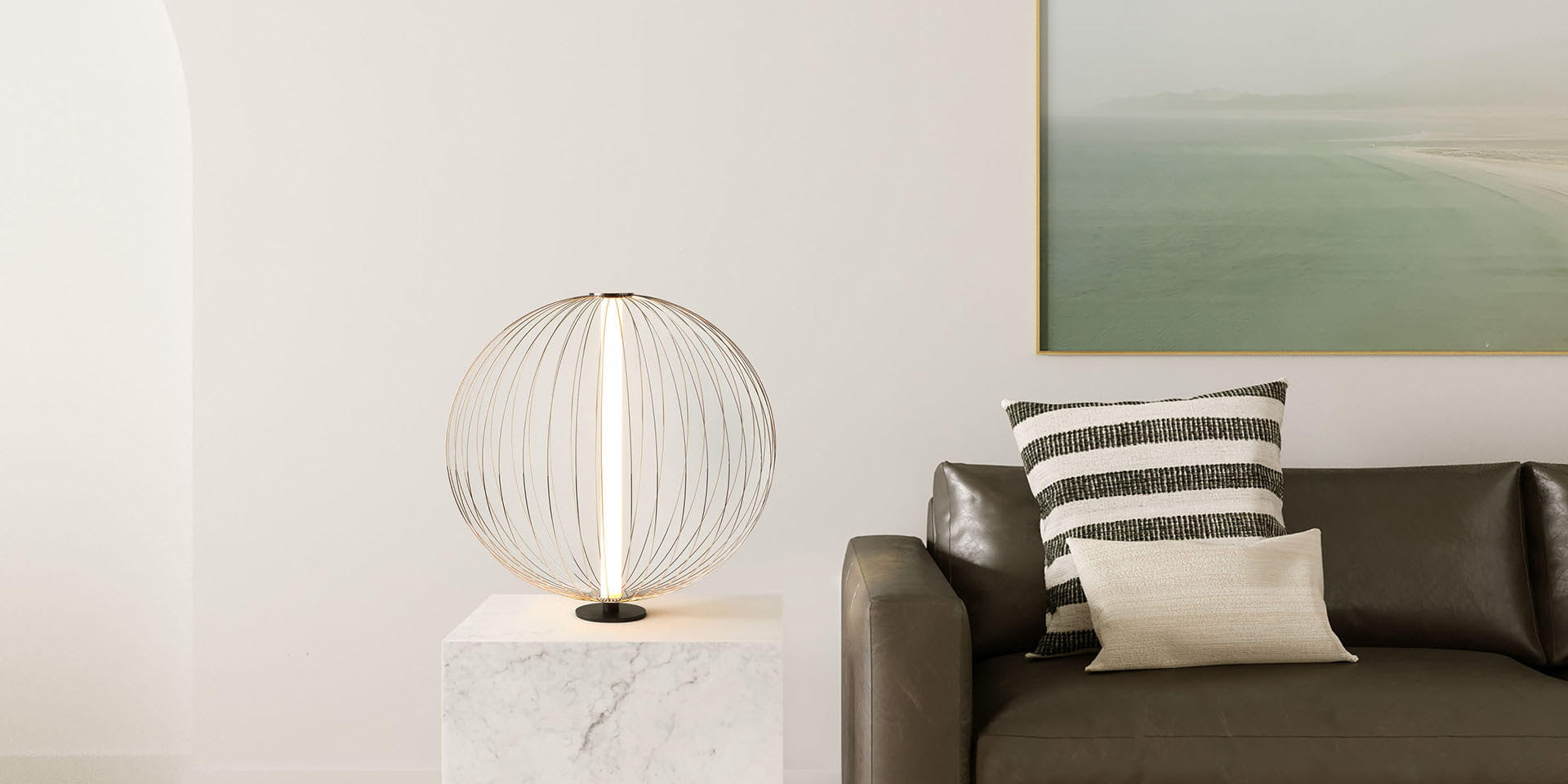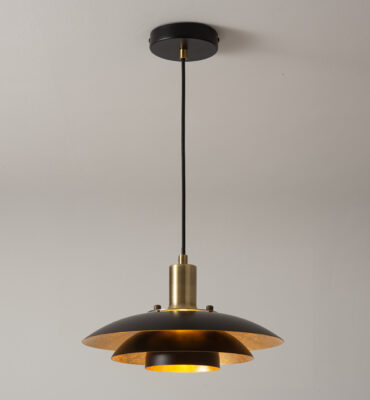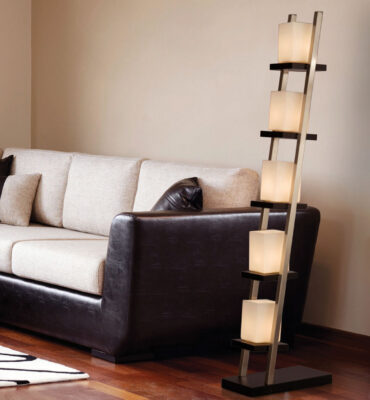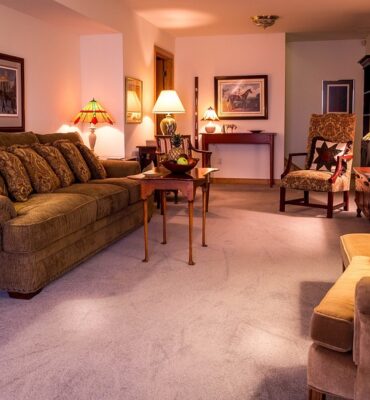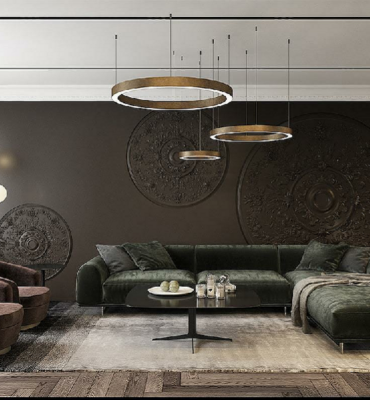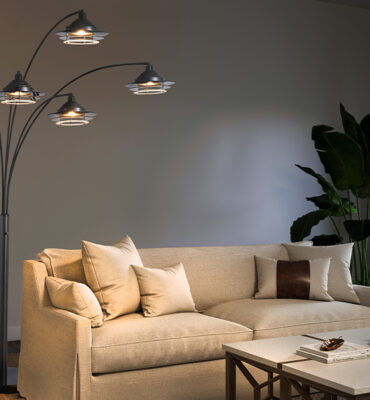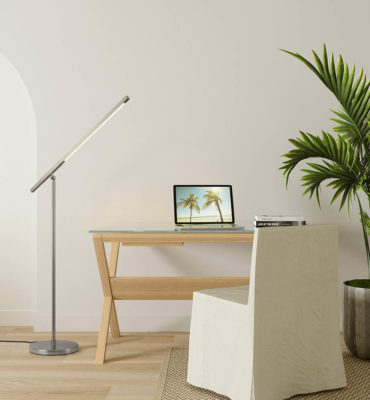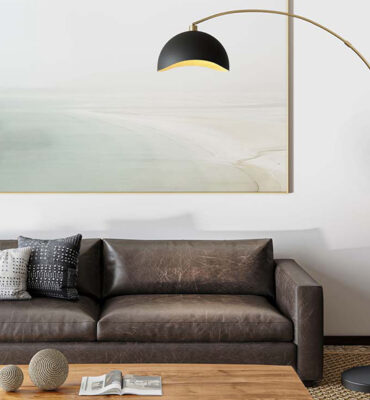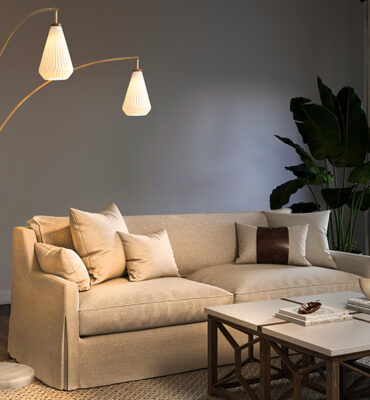From bulbs to switches and wall panels, smart home theater lighting is becoming an increasingly popular smart home entry point. Smart LED bulbs have grown smarter in recent years, and with countless new options on the market, it can be tempting to fill your whole house with LED bulbs.
So, how does smart lighting work, and are smart lights worth it? Here’s everything you need to know about smart lights to decide whether smart home lighting is right for you.
What is Smart Lighting?
As a popular first step in smart home technology, smart lighting uses intelligent, connected devices to make homes more sustainable, responsive, and secure.
Like conventional light bulbs, smart light bulbs are connected right to your home’s power. However, they offer a greater degree of control over your home’s lighting. Smart LED bulbs contain software that connects to a smartphone app, smart home assistant, and other smart accessories, allowing you to automate your lights or control them remotely.
Pros of Smart Lighting
Smart lights not only allow you to control your lights automatically and remotely, but they also offer a wide range of other benefits. Some pros of smart lighting include:
- They’re great for beginners. If you’re interested in converting your home to a smart home, but you’re not sure where to start, smart light fixtures are great for beginners. With smart bulbs, just swap out your regular light bulbs, download the corresponding smartphone app, and you’re ready to go.
- They can save you money. With a smartphone app’s help, you can check from work whether you forgot to turn the lights off and remotely turn them off to save energy. Although smart light bulbs cost more than conventional bulbs, they last significantly longer, use less energy, and generate less heat.
- They’re better for the environment. Smart LED bulbs not only bring down your energy bills, but they’re also more environmentally friendly than conventional light bulbs, incandescent bulbs, and compact fluorescent lights. By consuming less power per unit of light emitted, smart bulbs help reduce greenhouse emissions.
Cons of Smart Lighting
Although smart lights are an easy and convenient way to save energy and automate your home, it’s essential to understand their potential downsides before investing. Some cons of smart lighting include:
- Some smart lights require a hub. Smart lights use wireless transmissions to send and receive signals, and different bulbs have different requirements. While some smart bulbs use built-in WiFi to connect with your router, other lights use Bluetooth to connect with your phone when you’re in range. To control your lights remotely, you’ll need a WiFi hub.
- You’ll need some tech knowledge. Although smart bulbs are relatively easy to use, you’ll need some tech knowledge to set your system up and connect your bulbs to voice assistants and corresponding smartphone apps. Alternatively, you can hire a professional to install your smart lighting system.
- Some LED bulbs are temperature-sensitive. High surrounding temperatures may cause LED lights to overdrive and fail. To prevent temperature-related problems, using a heat sink helps LED lights maintain their temperature and function properly.
How does smart lighting make your home better?
From protecting your home to cutting down your energy bill, installing smart lighting can make your home life more comfortable.
Smart home theater lighting can boost your home’s safety and security by automatically illuminating sidewalks, porches, and outdoor areas. If you’re looking for something to illuminate your driveway, many smart light bulbs work like conventional bulbs with existing outdoor fixtures and include built-in motion sensors. Some smart path lights can send motion alerts to your smartphone.
If you have a smart smoke alarm, you can also connect your smart lights. If there’s an emergency, the color-changing lights switch to red, while the others turn to full brightness, enabling you to find your way out without having to worry about turning on the lights.
Additionally, because you can easily change color and brightness settings with your smartphone app, smart lights are ideal for creating instant mood lighting. Whether you prefer bright light for studying or warmer tones for watching TV, smart light fixtures can help you obtain the kind of lighting you want throughout your home.
How does smart home theater lighting make your life easier?
From the convenience of voice control to routines that can help you fall asleep, smart lighting offers a wide range of features that can help make your life easier.
For example, if you have a set schedule, you can set your smart bulbs, plugs, and switches to turn on and off at certain times every day, so you’ll never have to worry about walking into a dark home.
Thanks to their wireless connection, smart LED bulbs can help you save energy by turning themselves on and off, meaning you can schedule lights to turn off every morning when you leave or use your smartphone’s GPS to determine that nobody is home and turn the lights off.
Alternatively, if you come home at different times, you can set motion sensors to automatically switch lights on when you walk into certain areas of your home.
You can also use smart lights to create custom wake-up and sleep timers. Some smart bulbs offer features that allow you to set wake-up times and fade-in times (how long before you wake up that your lights will start to brighten).
Similarly, when you’re ready for bed, slowly dimming your lights can help you sleep better. Sleep timers can be especially helpful for children who find it hard to fall asleep in complete darkness. If you’re planning a late night or need to wake up early, you can easily override routines with your smartphone or voice assistant.
Above all else, smart home technology’s safety, security, and convenience make smart lighting an ideal choice for any homeowner. In addition to saving money, swapping your conventional bulbs for smart light fixtures can help you live more sustainably and increase your home’s market value.



